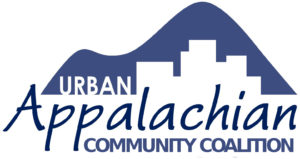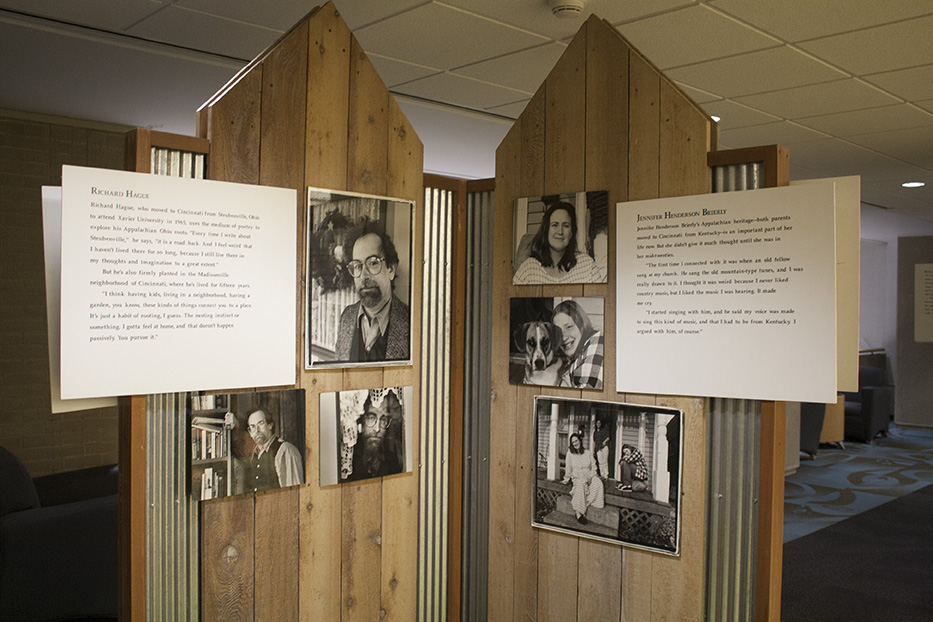The Appalachian people are an important, but little recognized group. Coming from the region surrounding the Appalachian mountains, which includes 13 states and 420 counties, there are more than 20 million Appalachian people.
The Appalachian region includes West Virginia and parts of New York, Pennsylvania, Ohio, Maryland, Virginia, the Carolinas, Tennessee, Kentucky, Georgia, Alabama and Mississippi.
One of their primary forms of work was coal mining, so when the coal mines began to decline after the great depression, it sparked the “great migration.” Between the years of 1940-1970 about 4 million people migrated and dispersed throughout the country.
Most of the migrants headed towards the midwest seeking employment, homes and education. In fact, Cincinnati has the largest population of Appalachian people in the midwest, which makes it the epicenter of political and cultural events.
The migration of the Appalachian people changed the religious map of the United States, bringing evangelical christianity across the country. The Appalachia people are a diverse group, containing African Americans, caucasians and Native Americans.
The Appalachian Outreach program works with Sinclair in order to bring cultural awareness of the Appalachian population to the community. Their mission is to raise cultural awareness and break down social and educational barriers.
They partner with local organizations, collaborating to create programs which encourage the celebration of Appalachian heritage, culture and values. Most recently, they have partnered with the Urban Appalachian Community Coalition.
The Urban Appalachian Community Coalition brought their exhibit “Perceptions of Home: The Urban Appalachian Spirit” to Sinclair for the month of October. This exhibit follows 22 Appalachian individuals and families who uprooted their lives in search for a better life.
While they may have moved away from their “home” region, it is clear there is a deep cultural pride and sense of community among them.

On Oct. 4, 2018, Appalachian scholar and activist Mike Maloney, who is of Appalachian heritage, came to speak about his personal experiences. He was born in 1940, in a log cabin in Kentucky, where he was one of nine children.
He spoke of the communities they helped build in Moraine, starting with storefronts and eventually building megachurches. He stated that many of the migrants had no more than a high school education.
He spoke his frustration with the Appalachian stereotypes, one article in a newspaper he recalled had called the great migration, “the hillbilly invasion.” This article had implied crime, violence, drinking and other misinformation.
Maloney says Bluegrass music festivals began in the 1960’s as a tribute to their heritage, as a way to celebrate cultural values, as well as sharing with others.
Omope Carter Daboiku, a talented writer, storyteller and Appalachian migrant, also came to speak about her experiences. Ms. Daboiku migrated from Irontown in southeast Ohio, to Cincinnati where she resided for 30 years.
She spoke of her childhood, growing up with 3 siblings. She said her father made less than a dollar an hour and struggled to pay their mortgage despite his hard work. Her mother was serious about church and teaching her children to be responsible.
“One night she woke me up at 2 a.m. and brought me to the kitchen to teach me exactly where every one of the dishes was supposed to go so that I wouldn’t leave them in the drain. I never forgot after that,” Daiboku said with a chuckle.
She talked about the rigidity of the beliefs she was taught, but also explained the concept of “Magical thinking.” She says magical thinking expresses the idea that the magical, divine aspects of life are not that far separated from the mundane experiences.
“The things that are for you, are drawn to you. That’s what magical thinking is.” Daiboku said.
When she was 40 years old, she became a single mother of her two children. She said it was then that she tapped in to her heritage, beliefs and values taught to her. She said she wanted to raise her children to understand the importance of their heritage and their ancestors.
She laughed as she told the story of the pictures featured in the exhibit of herself. “It was a Saturday. I hadn’t done mine or the kids hair, the kids had dressed themselves, I hadn’t gotten to clean my house yet. I wasn’t entirely pleased to have a visitor with a camera, but I did what any good Appalachian would do. I welcomed him into my home, offered him some tea and sweet things.”
This is just one of many incredible stories of the Appalachian people. Be sure to go see the exhibit in the upper floor of the Loggia, available until the end of the month.
 Eclipse Leavy
Eclipse Leavy
Business Manager


